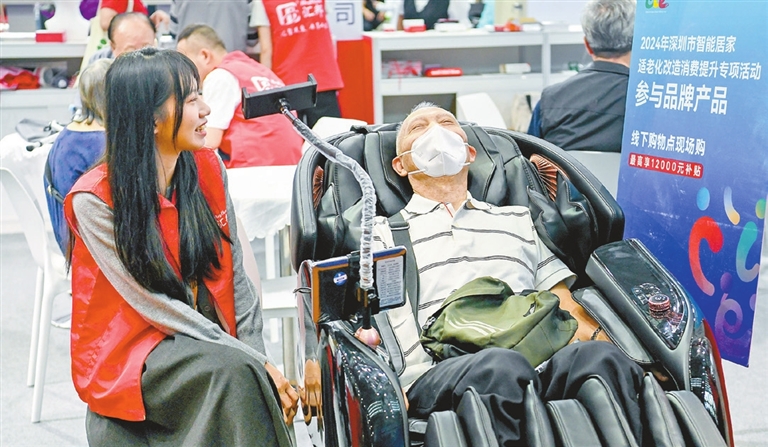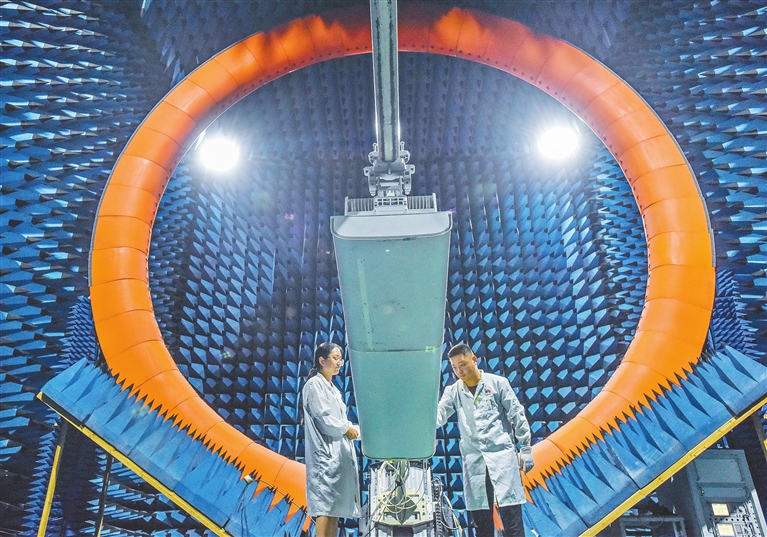





SINCE the beginning of the year, China’s provincial-level regions have been holding their “two sessions” meetings during which government work reports are delivered outlining development priorities for 2025. Boosting consumer spending and developing “new quality productive forces” have continued to be common goals. The inclusion of new terms such as “debut economy” has also highlighted local governments’ pursuit of new growth engines. Against the backdrop of the global economic slowdown, initiatives by China’s local governments to boost their economies this year have garnered significant attention from around the world. ‘Debut economy’ China’s Central Economic Work Conference, held in December 2024, heralded the general direction of the country’s economic work for the coming year — effort should be made to develop the “debut economy,” the ice-and-snow economy, and the silver economy. The “debut economy” is a relatively new concept, which is a catchall phrase used to describe commercial activities such as launching new products, introducing new business models, services, and technologies, and opening "first stores." The term was incorporated into the 2025 government work reports of Shanghai, Guangdong, Hunan, and Heilongjiang, among others. Shanghai, a city in which both domestic and international brands favor launching new products and "first stores," said it will vigorously develop its debut economy in 2025. Approximately 1,173 “first stores” opened in Shanghai in the first 11 months of 2024, a term used to describe the first physical store of a brand in a certain city, province, region, or country. Guangdong Province also said it plans to attract more first stores and host more product launches in 2025 amid an initiative to transform cities like Guangzhou and Shenzhen into consumer spending hubs. Guangzhou, capital of Guangdong, has designated 30 landmark buildings and districts as operational spaces for the debut economy. In early 2024, the city introduced a slew of measures, including cash rewards and a streamlined approval process, to attract new product launch events and first stores to the province. Shenzhen’s first-store economy continues to thrive, with 336 first stores opening in the first three quarters of 2024, a 26% year-on-year increase, according to statistics. Many of these stores have introduced innovative experiences to local customers, bringing fresh energy to the city’s retail sector, as reported by Chinese media. Experts have highlighted the debut economy’s contribution to stimulating the consumer spending market and encouraging industrial innovation. “The debut economy is of great importance to leading consumer spending trends and releasing consumer spending potential. It can also enhance the image and competitiveness of a city,” said Xiong Yanni, a provincial political advisor of Hunan and vice chair of the federation of industry and commerce of the city of Loudi. Consumer confidence Many local government work reports have highlighted the task of boosting consumer spending in 2025, following the Central Economic Work Conference’s pledge to “vigorously boost consumer spending, improve investment efficiency, and expand domestic demand on all fronts.” Consumer spending has continued to prop up China’s economic recovery, contributing 2.2 percentage points to the country’s 5% economic growth last year. Megacities such as Beijing and Shanghai have outlined plans to transform themselves into international shopping destinations while promoting emerging sectors such as the silver economy, live-streaming, and sports events. Provinces in northeastern China, such as Jilin and Heilongjiang, have prioritized the ice-and-snow economy. Heilongjiang seeks to drive the development of a comprehensive industrial chain, including winter sports, culture, equipment manufacturing, and tourism, and establish a world-class ice-and-snow tourism resort and economic hub. Provinces such as Guangdong, Hunan, Hebei, and Zhejiang have also highlighted trade-in programs for consumer goods, such as home appliances and automobiles. In its government work report, Guangdong has pledged to continuously optimize its consumer goods trade-in program, covering mobile phones, tablets, smart watches, and smart wristbands. Efforts will also focus on stabilizing and expanding consumer spending in key sectors such as automobiles, home appliances, and furniture. To stimulate consumer spending and drive economic growth, China announced an action plan in March 2024 to implement large-scale equipment upgrades and consumer goods trade-ins — nearly 15 years after the last such renewal campaign. Official data reveal that the trade-in scheme boosted sales of automobiles, home appliances, and other items by over 1.3 trillion yuan (US$181.3 billion) in 2024. “The lack of sufficient, effective consumer spending is not only a challenge to global economic recovery but also a critical factor limiting China’s economic growth,” said Yin Xiangdong, secretary general of the China Consumer Economics Society. Yin believes that with the implementation of various policies aimed at boosting consumer spending, the impact of these efforts will be even more pronounced in 2025, making consumer spending more vibrant. New quality productive forces New quality productive forces, industrial upgrades, and technological innovation have continued to figure prominently in local economic roadmaps for the second consecutive year. Some pacesetters are going one step farther by setting their sights on more futuristic goals. Beijing, for example, unveiled plans for a humanoid robot half-marathon during its municipal “two sessions,” which is set to become the world’s first event of the kind. The Beijing government’s work report also highlights the city’s commitment to becoming a global leader in innovation, with a focus on 20 emerging sectors, including humanoid robotics, bio-manufacturing, and new materials. Shanxi, China’s major coal-producing province, has pledged to strengthen fundamental research and tackle key technological problems, announcing the implementation of 150 key research and development (R&D) initiatives. The province also aims to increase R&D investment in major industrial enterprises by 13% in 2025. Many regions have made R&D funding a key indicator, which encourages enterprises to develop new technologies, equipment, and products, said Zhao Gang, an industrial analyst at Beijing-based consultancy firm CIO Manage. “Developing new quality productive forces is the key focus for regional and industrial development at present,” said Dong Yu, executive vice president of the China Institute for Development Planning at Tsinghua University. Dong noted that by cultivating new quality productive forces, China can enhance the competitiveness of its entire industrial system, further solidifying the foundation for economic stability and accumulating momentum for future progress. (Xinhua) | 
